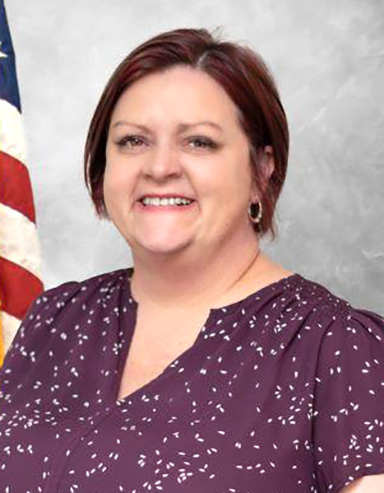State’s funding model leaves Canby SD short, cuts coming for 2025-26
Published 2:16 pm Friday, June 13, 2025

- Canby School District will see cuts throughout the district to save $7 million for the 2025-26 budget. (File photo)
Superintendent says inadequate state school funding leads to $7 million shortfall in Canby School District
There just isn’t enough money. That’s the simple reality behind trying to save $7 million within the Canby School District for the 2025-26 school year.
And with that reduction, people are going to lose their jobs within the district – 61 positions worth of lost jobs.
Like many districts in Oregon facing deficits, the Canby School District reduced its budget for the 2025-2026 school year by $7 million due to inadequate state funding, rising costs, enrollment trends, and unfunded state mandates.
In April, the district notified the employees whose jobs would be impacted at the end of this school year.
Informed by staff and community feedback and led by retiring Director of Finance Denise Lapp and first-year Superintendent Jennifer Patterson, the district said its budget reduction process prioritized core academic programs, class sizes in grades K-3, essential support services, and well-rounded opportunities.
That means the district’s full academic program remains intact, the instructional calendar days are unchanged, there will still be counselors and reading specialists at every school, and all athletics programs remain in place.
The district preserved nursing staff, libraries, school resource officers, dual credit and advanced placement options, and all K-12 enrichment and elective offerings. But, as staffing makes up 82 percent of the school district’s budget, the district had to make the difficult decision to reduce staffing in a way that is expected to have the least impact on students and programs.

Canby School District Superintendent Jennifer Patterson has announced cuts for the 2025-26 school year.
According to the district those reductions are: 10 percent reduction of administrative positions (2 district level positions), 20 percent reduction of supervisory and confidential positions (2 positions), 11 percent of certified positions (30 positions), and 13 percent of classified positions (27 positions).
“These decisions are not just about numbers or positions – they’re about people,” Patterson said. “People who have served our students, our schools, and our community with dedication and care. This process impacts real lives, and I want to be clear: we see that, we feel that, and we don’t take it lightly.”
Some aspects of the work will take new shape, with reduced district office leadership and support, the elimination of health assistant positions at every school, a transition to a centralized technology support model, and the merge of the high school college and career center with the counseling office.
Additionally, the Spanish Literacy program is being phased out at Lee Elementary, though the Dual Language Immersion Program continues as a Spanish option at Trost, Baker Prairie and Canby High School. Elementary specials will look a bit different as music and art will now be on a rotating schedule, representing a 50 percent reduction but not an elimination of those programs.
Even amid these challenging circumstances, Patterson is determined to lead with hope.
“What gives me hope – even in the face of difficult decisions – is the undeniable strength of our Canby community,” Patterson said. “This is a place where people show up for each other, where relationships run deep, and where challenges are met with creativity, grit, heart, and unity. We are a community that pulls together and never loses sight of what we can accomplish when we stand together.
“That strength is what will carry us forward, with our children directly at the center.,” she continued.
Canby isn’t alone in facing lean budget times, as nearby West Linn-Wilsonville School District made $15 million in reductions, Lake Oswego $12 million, Portland Public $43 million, Eugene 4J $19 million, and many others are also laying off staff and cutting school days.
The reductions come even as the Oregon Legislature is expected to fund K-12 Education at $11.36 billion for the coming biennium. As schools continue to see decreasing enrollment and substantially rising PERS costs, district leaders say this simply isn’t enough.
“The governor’s recommended budget of $11.36 billion for the State School Fund is simply inadequate to meet the rising costs of education,” Patterson said.
According to the Oregon School Boards Association, the Oregon Legislature has decreased the percentage of its investment in K-12 Education over the last 20 years. In the 2003-2005 biennium, nearly 45 percent of its budget went to education; and in the 2023-2025 biennium, it was 30.5 percent.
The anticipated $11.36 billion is also below the Quality Education Model recommendation of $13.5 billion. Education and legislative leaders have long looked to the Quality Education Model for direction on school funding, but Oregon has consistently funded below that recommendation.
This year, the Legislature commissioned a non-partisan study to evaluate the legitimacy of the QEM and to examine state school funding. The 300-page report shows an agreement with QEM and recommends increasing per-pupil funding in Oregon by about 30 percent.
The school district urged the public to consider legislative advocacy with elected officials throughout the year. The Canby Education Association, under President Jim Sellers, has advocated for increased funding of at least $11.417 billion plus additional new investments to support students receiving special education services and more funding for community college. The Legislature is expected to finalize its budget at the end of June.





